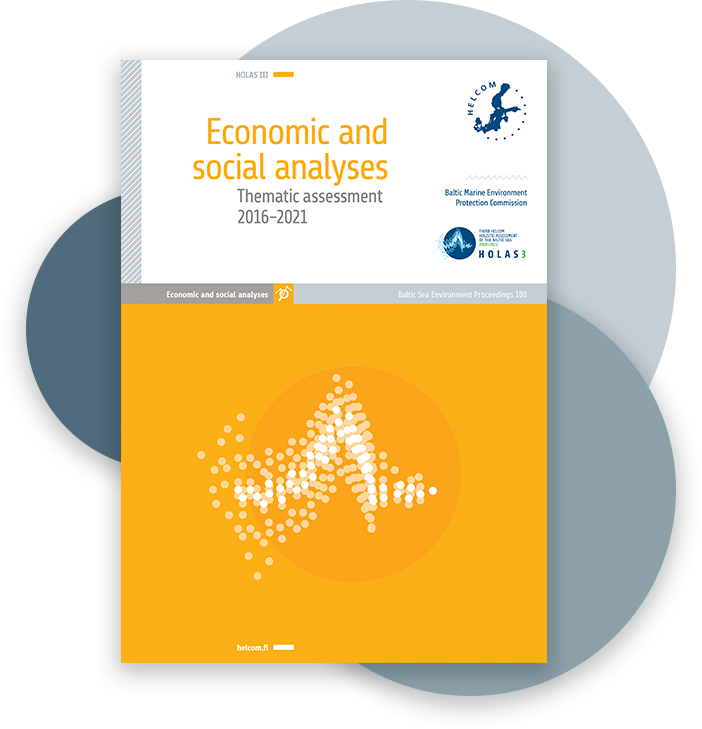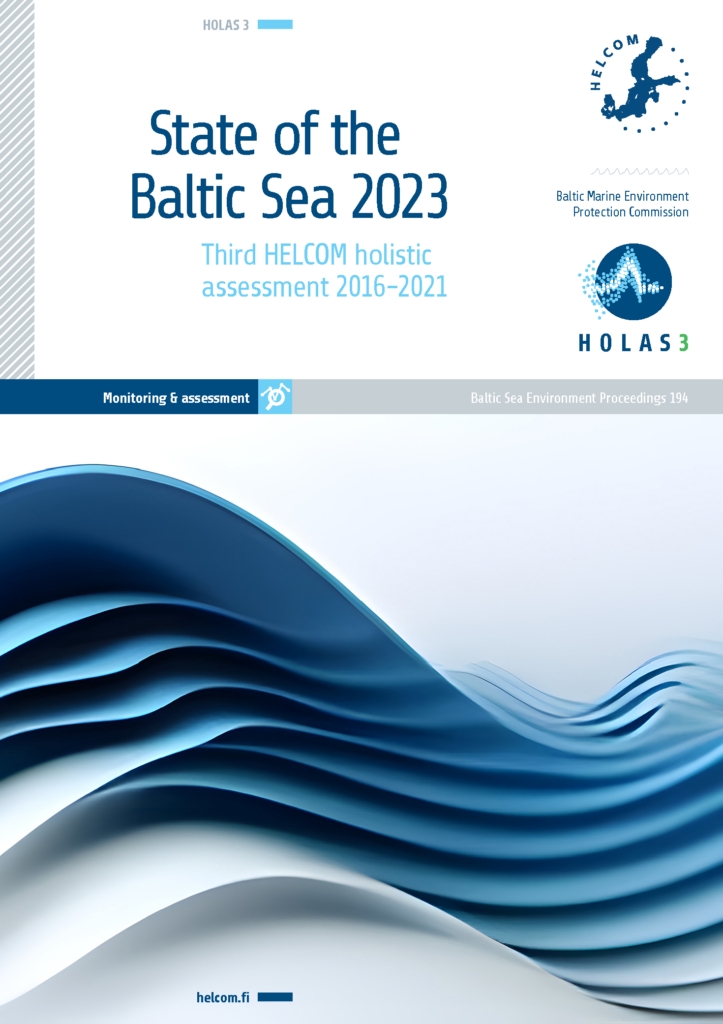HUMAN ACTIVITIES
Human uses of the Baltic Sea
A good biodiversity status and ecosystem functions are essential for human well-being in several ways. Primary producers and animals at different levels of the food web form the basis as prey for fish, birds and mammals, which could not exist without them. These structures are essential to humans, for food provision, supporting recreation, enabling cultural values, and more. Fishing is among the most traditional livelihoods and is widely distributed globally, including in the Baltic Sea region.
However, humans use marine waters in a wide variety of ways with different characters. While some activities, such as fishing and most recreational activities, depend on the state of the marine environment, others do not, such as maritime transport and construction (Bryhn et al. 2020). Furthermore, activities can rely on the extraction of tangible resources, the use of space, or on intangible resources connected with how we, as humans, experience the sea.

Thematic assessment
Economic and social analyses
The thematic assessment report on economic and social analyses (HELCOM 2023d) provides information aimed to inform public decision-making and gain a better understanding of how the environment and society are inter-connected.
The assessment introduces two novel analyses not featured in prior assessments: a cost-benefit analysis at regional scale and a proof-of-concept analysis to evaluate societal and environmental factors that influence the activities, pressures, or the state of the marine environment. These drivers include consumer demand, technology adoption and macroeconomic influences. Improved understanding of these linkages could enable the development of more effective environmental measures in the future.

State of the Baltic Sea 2023 — The third HELCOM holistic assessment (HOLAS 3)
State of the Baltic Sea 2023 is a synthesis report that builds on, and integrates, results from a wide range of assessment products produced within the third HELCOM holistic assessment. Its role is to link information from the underpinning assessment products together, thus highlighting the holistic aspects. With this in mind, the summary report focuses on presenting the results and on an in-depth look at why we are seeing these results, providing over-arching context and analysis. The report helps develop a clearer picture of where we are and how things are connected, supporting coordinated and effective measures to strengthen the Baltic Sea environment.

